Home>Garden Essentials>What Is Open-Pollinated Seed
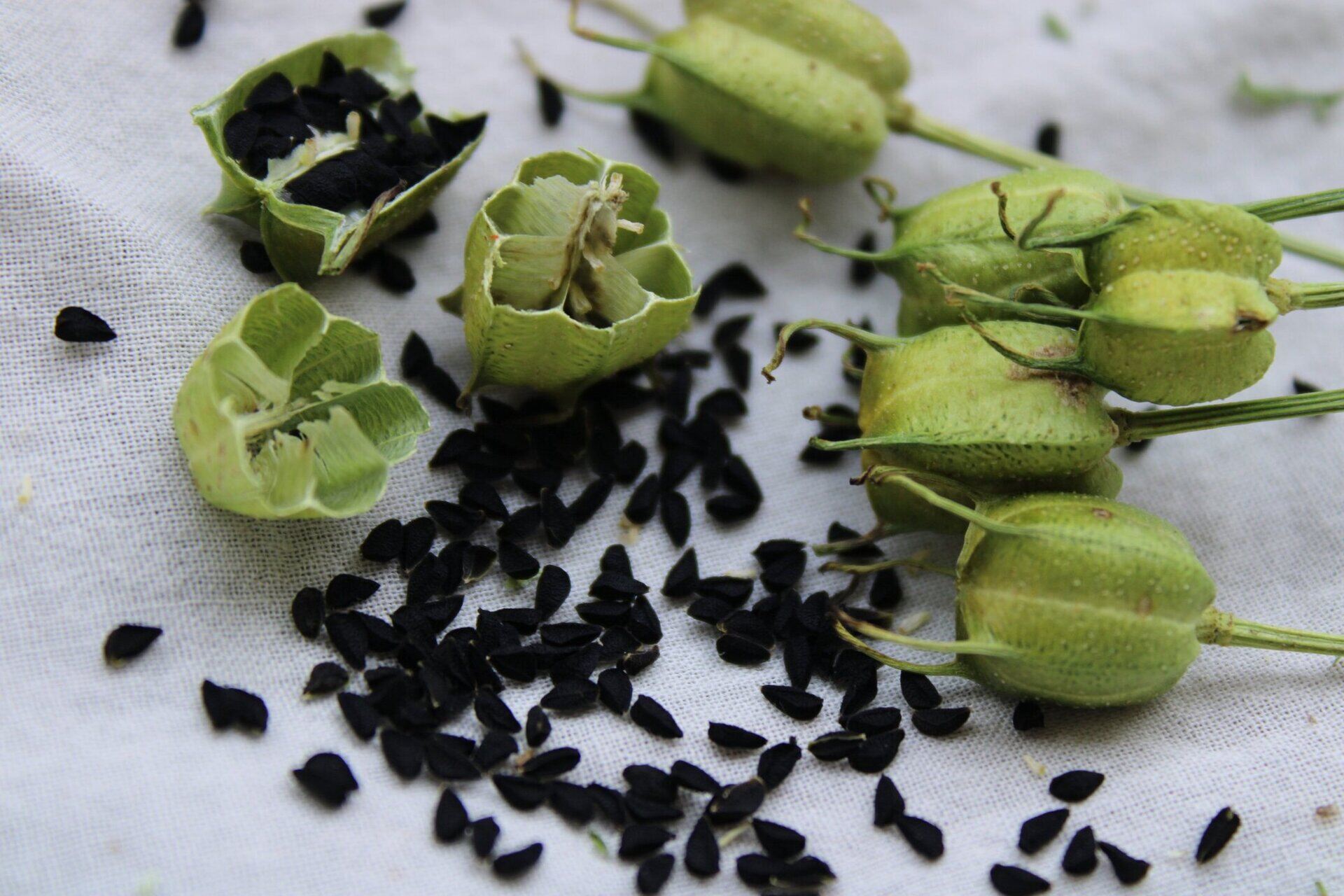

Garden Essentials
What Is Open-Pollinated Seed
Modified: March 16, 2024
Discover the benefits of open-pollinated seeds for your garden. Learn what open-pollinated seeds are and why they are essential for sustainable gardening.
(Many of the links in this article redirect to a specific reviewed product. Your purchase of these products through affiliate links helps to generate commission for Storables.com, at no extra cost. Learn more)
Introduction
Welcome to the world of gardening! Whether you have a passion for cultivating your own vegetables, creating a vibrant flower garden, or simply enjoying the beauty of nature in your backyard, it’s important to understand the fundamentals of gardening. One of the key components of successful gardening is choosing the right seeds to sow. In this article, we will explore the concept of open-pollinated seeds, highlighting their definition, characteristics, advantages, and disadvantages.
As gardening enthusiasts, we have heard of different types of seeds, including open-pollinated seeds and hybrid seeds. However, understanding the distinction between these various seed varieties can often be confusing. In this article, we will focus specifically on open-pollinated seeds and delve into their unique qualities and benefits.
So, what exactly are open-pollinated seeds? Open-pollinated seeds are seeds that are naturally pollinated by wind, insects, birds, or other means of pollination. The pollination process occurs between plants of the same variety, resulting in offspring with the same traits as the parent plant. This contrast with hybrid seeds, which are produced from the cross-pollination of two distinct parent plants.
Open-pollinated seeds have been a part of agriculture for centuries, providing gardeners and farmers with a reliable source of seeds for their crops. Over time, these seeds have adapted and evolved, resulting in a vast array of open-pollinated varieties available today.
One of the key characteristics of open-pollinated seeds is their ability to produce offspring that closely resemble the parent plant. This trait is known as “genetic stability.” When you save and replant seeds from open-pollinated plants, you can expect the next generation of plants to have similar characteristics in terms of taste, appearance, and growth habits.
Now that we have a basic understanding of open-pollinated seeds, let’s explore the advantages they offer to gardeners and why you might consider incorporating them into your gardening endeavors.
Key Takeaways:
- Open-pollinated seeds offer genetic diversity, cost-effectiveness, and the ability to save seeds for future plantings. They preserve heirloom varieties and promote sustainable gardening practices, contributing to food security and biodiversity.
- While open-pollinated seeds may show slight variations and lower yield potential, they provide unique flavors, genetic stability, and environmental sustainability. By saving and preserving these seeds, gardeners support biodiversity and cultural heritage for future generations.
Read more: What Does Open-Pollinated Seeds Mean
Definition of Open-Pollinated Seed
Open-pollinated seeds are the product of natural pollination methods, such as wind, insects, birds, or other natural forces. Unlike hybrid seeds, which are the result of controlled cross-pollination between two distinct parent plants, open-pollinated seeds are allowed to naturally breed and produce offspring with similar traits to the parent plant.
These seeds are often referred to as “heirloom” or “heritage” seeds because they have been passed down from generation to generation. They have a long history and have been cultivated for their unique characteristics and adaptability. Open-pollinated seeds represent the genetic diversity and resilience within a particular plant variety.
Open-pollinated seeds are typically true to type, meaning that the next generation of plants grown from these seeds will closely resemble the parent plant. This is due to the fact that open-pollination allows for the exchange of genetic material within a specific plant variety, resulting in offspring with similar traits.
It’s important to note that open-pollinated seeds can still undergo minor changes and adaptations over time, as they are subject to natural genetic variations. These variations can lead to the development of different strains within a specific plant variety. However, overall, open-pollinated seeds provide a level of genetic stability that allows gardeners to save and replant seeds year after year, ensuring continued access to their favorite plant varieties.
Open-pollinated seeds are often favored by gardeners and organic farmers due to their numerous advantages, which we will explore in the following sections. These seeds offer not only a wide range of choices but also an opportunity to preserve plant varieties and promote biodiversity in our gardens and agricultural ecosystems.
Characteristics of Open-Pollinated Seeds
Open-pollinated seeds possess several distinct characteristics that make them appealing to gardeners and farmers alike. Understanding these characteristics can help you make informed decisions when choosing seeds for your garden. Let’s explore some of the key traits of open-pollinated seeds:
- Genetic Diversity: Open-pollinated seeds offer a wide range of genetic diversity within a specific plant variety. This diversity allows for natural adaptation and resilience to different environmental conditions, pests, and diseases. It also allows for the preservation of rare or unique plant traits that may be lost in commercially produced hybrid seeds.
- Adaptability: Open-pollinated seeds have been naturally selected over time and have adapted to specific growing conditions. This adaptability means that the plants grown from these seeds are more likely to thrive in their native environment without the need for excessive inputs or external interventions.
- Genetic Stability: While open-pollinated seeds can undergo slight genetic variations, they generally exhibit genetic stability. This means that the offspring plants closely resemble the parent plant in terms of traits like taste, appearance, growth habits, and disease resistance. Gardeners can rely on this stability when saving and replanting seeds year after year.
- Cost-Effectiveness: Open-pollinated seeds are often more economical than hybrid seeds. Once you have a thriving garden, you can save seeds from open-pollinated plants and use them for future plantings. This eliminates the need to purchase new seeds every year and can result in significant cost savings over time.
- Preservation of Plant Varieties: By growing open-pollinated seeds, gardeners play a crucial role in preserving and conserving plant diversity. Many heirloom and traditional varieties are at risk of extinction due to the dominance of commercial hybrid seeds. By growing and saving open-pollinated seeds, gardeners contribute to the preservation of these unique plant varieties.
These characteristics make open-pollinated seeds an attractive choice for gardeners who value genetic diversity, environmental sustainability, and the preservation of traditional plant varieties. By incorporating open-pollinated seeds into your garden, you not only enjoy the benefits of a diverse and resilient plant population but also contribute to the conservation of our agricultural heritage for future generations.
Advantages of Open-Pollinated Seeds
Choosing open-pollinated seeds for your garden offers numerous advantages that can enhance your gardening experience. Let’s explore some of the key benefits of using open-pollinated seeds:
- Genetic Diversity: Open-pollinated seeds provide a wide range of genetic diversity within a specific plant variety. This diversity allows for resilience and adaptation to different environmental conditions, pests, and diseases. It also means you have access to a broader selection of plant traits, including taste, color, size, and growth habits.
- Save and Preserve Seeds: One of the greatest advantages of open-pollinated seeds is the ability to save and replant seeds from your own plants. By saving seeds, you can create a self-sustaining garden, reducing the need to purchase seeds every year. Additionally, by preserving and sharing open-pollinated seeds, you contribute to the preservation of plant biodiversity.
- Cost-Effectiveness: As mentioned earlier, open-pollinated seeds can be a cost-effective choice for gardeners. Once you have a successful garden, you can save seeds from your own plants instead of buying new ones. This helps reduce gardening expenses over time, making it a budget-friendly option.
- Taste and Nutritional Value: Many enthusiasts of open-pollinated seeds appreciate the superior taste and nutritional value of the produce they yield. Traditional heirloom varieties are often known for their exceptional flavor profiles, which may be lost in commercially produced hybrid seeds. By growing open-pollinated seeds, you can enjoy the unique and delicious flavors of heritage plants.
- Environmental Sustainability: Open-pollinated seeds promote environmental sustainability by supporting organic gardening practices, reducing reliance on synthetic fertilizers and pesticides. These seeds have adapted to specific growing conditions over time, making them more resilient and requiring fewer interventions. By growing open-pollinated seeds, you can contribute to a more eco-friendly and sustainable gardening approach.
- Preservation of Heritage Plants: Open-pollinated seeds play a crucial role in preserving traditional varieties of plants, allowing for the perpetuation of heirloom species that often possess historical and cultural significance. By growing and saving open-pollinated seeds, you actively participate in the conservation of these valuable plant varieties for future generations.
Whether you’re an avid gardener, a small-scale farmer, or simply someone who appreciates the beauty and taste of nature’s bounty, open-pollinated seeds offer a range of advantages that can enhance your gardening experience. From exceptional flavor profiles to genetic diversity and sustainability, open-pollinated seeds provide a valuable and rewarding option for cultivating your own plants.
Disadvantages of Open-Pollinated Seeds
While open-pollinated seeds offer numerous advantages, it is important to consider the potential disadvantages as well. Here are some factors to keep in mind when working with open-pollinated seeds:
- Genetic Variation: Unlike hybrid seeds, which are specifically bred for specific traits, open-pollinated seeds can exhibit genetic variation. This means that the resulting plants may display slight differences in characteristics such as size, color, or disease resistance. While this can be exciting for those seeking diversity, it’s important to be aware that consistent uniformity in traits is not guaranteed.
- Less Predictable Traits: Due to the natural breeding that occurs with open-pollinated seeds, the resulting plants may have a wider range of traits compared to hybrid varieties. This can make it more challenging to predict the exact outcome of your crops, especially if you are looking for precise characteristics such as uniform size or color.
- Lower Yield Potential: In some cases, open-pollinated varieties may have slightly lower yield potential compared to hybrid varieties. This is because hybrid seeds are specifically bred for high yield and uniformity. However, it’s important to note that advancements in open-pollinated breeding have led to improved varieties that can match or even exceed the yield potential of hybrid seeds.
- Limited Availability: In comparison to hybrid seeds, which are widely produced and readily available, open-pollinated seeds may have a more limited availability. This can be especially true for rare or heirloom varieties that are not commonly found in mainstream seed catalogs. However, there are seed banks, seed exchanges, and specialty suppliers that cater to open-pollinated varieties.
- Increased Risk of Cross-Pollination: Open-pollinated plants are more susceptible to cross-pollination from other plant varieties in the surrounding area. This can result in unintended hybridization and could compromise the genetic purity of open-pollinated varieties. To mitigate this risk, it’s important to properly isolate open-pollinated plants or adopt techniques such as hand-pollination and bagging.
- Less Uniformity: Open-pollinated varieties can exhibit a higher degree of variability in plant size, shape, and color. This lack of uniformity may be a disadvantage for gardeners looking for consistent and standardized crops, particularly for commercial purposes. However, many gardeners appreciate the unique and diverse characteristics that open-pollinated seeds offer.
Despite these potential drawbacks, open-pollinated seeds remain a popular choice for many gardeners due to their genetic diversity, sustainability, and historical significance. By understanding and working with the characteristics of open-pollinated seeds, you can navigate these potential disadvantages and make the most of the unique qualities they offer.
Open-pollinated seeds are seeds that are pollinated by natural means such as wind, insects, or birds. They produce plants with traits similar to the parent plant, making them a good choice for saving seeds and maintaining genetic diversity.
Read more: How To Open Pumpkin Seeds
Comparison with Hybrid Seeds
When it comes to choosing seeds for your garden, you will often come across two main options: open-pollinated seeds and hybrid seeds. Understanding the differences between these two types can help you make an informed decision. Here is a comparison between open-pollinated seeds and hybrid seeds:
- Genetic Makeup: Open-pollinated seeds are the product of natural pollination, where plants of the same variety exchange pollen. This results in offspring that closely resemble the parent plants in terms of traits, ensuring genetic stability. On the other hand, hybrid seeds are created through controlled cross-pollination between two different parent plants. This intentional cross-breeding aims to combine desirable traits from each parent, resulting in offspring with specific characteristics.
- Traits and Uniformity: Open-pollinated seeds offer a wider range of traits, as they allow for more natural genetic variations within a specific plant variety. This can result in variations in size, color, and taste among the plants. Hybrid seeds, on the other hand, are bred to exhibit specific traits, ensuring uniformity in characteristics across the plants. This can be advantageous for commercial growers who require consistent crops with predictable traits.
- Availability: Hybrid seeds are widely available and commonly found in seed catalogs and nurseries. They are mass-produced to meet the demands of the commercial market. Open-pollinated seeds, especially rare or heirloom varieties, may have more limited availability. However, there are seed banks, local seed exchanges, and specialty suppliers that cater to open-pollinated varieties.
- Adaptability: Open-pollinated seeds have been naturally selected and adapted to specific growing conditions over time. This makes them well-suited to their native environments and more resilient to local pests and diseases. Hybrid seeds, on the other hand, may exhibit superior traits in specific environments but may be less adaptable to diverse growing conditions.
- Cost: Hybrid seeds are often more expensive than open-pollinated seeds due to the hybridization process and the controlled breeding techniques involved. This can make them less accessible to budget-conscious gardeners. Open-pollinated seeds, on the other hand, can be more cost-effective in the long run as they can be saved and replanted from year to year.
- Seed Saving: Open-pollinated seeds are ideal for seed saving since the offspring closely resemble the parent plants. Gardeners can save and replant seeds from open-pollinated varieties, allowing for self-sufficiency and the preservation of plant diversity. Hybrid seeds, however, do not produce offspring with consistent traits. Therefore, saving seeds from hybrid plants may result in unpredictable and variable characteristics.
Ultimately, the choice between open-pollinated seeds and hybrid seeds depends on your gardening goals and preferences. Open-pollinated seeds offer genetic diversity, adaptability, and the ability to save seeds, while hybrid seeds provide specific traits, uniformity, and often better yield potential. By understanding these differences, you can make an informed decision that suits your gardening style and objectives.
Importance of Open-Pollinated Seed Preservation
Open-pollinated seeds play a vital role in preserving our agricultural heritage, promoting genetic diversity, and ensuring food security for future generations. Here are some reasons highlighting the importance of open-pollinated seed preservation:
- Preserving Genetic Diversity: Open-pollinated seeds represent a wide range of genetic diversity within specific plant varieties. This genetic diversity is essential for the continued adaptation and resilience of plants to changing environmental conditions, pests, and diseases. By preserving open-pollinated seeds, we maintain a diverse gene pool that can contribute to the development of improved and more sustainable crop varieties.
- Protecting Rare and Heirloom Varieties: Many open-pollinated seeds are heirloom or rare varieties that have been passed down through generations. These seeds have historical, cultural, and culinary significance, representing a piece of our agricultural heritage. By preserving and growing these unique varieties, we ensure their survival and safeguard valuable knowledge and traditions associated with them.
- Promoting Biodiversity: Open-pollinated seeds contribute to biodiversity in our gardens and agricultural landscapes. Growing a wide variety of open-pollinated plants supports pollinators, such as bees and butterflies, by providing diverse food sources and habitats. This helps maintain a healthy ecosystem and promotes the overall stability of our natural environment.
- Food Security: Open-pollinated seeds offer a sustainable and reliable source of food production. The ability to save and replant seeds from open-pollinated crops allows gardeners and farmers to become self-sufficient and less reliant on purchasing seeds every season. In times of uncertainty or limited access to commercially produced seeds, open-pollinated seeds can be a lifeline for ensuring food security and accessibility.
- Resilience to Climate Change: The adaptability of open-pollinated seeds is crucial in the face of climate change. As temperatures, precipitation patterns, and pest pressures shift, having a diverse pool of open-pollinated seeds enables plants to better withstand and adapt to these changing conditions. This resilience can help secure our food systems in a changing climate, ensuring that we have access to a wide range of crops that can thrive in different environments.
- Empowering Local Communities: By preserving and sharing open-pollinated seeds, we empower local communities to have control over their food sources, preserving traditional knowledge and fostering a sense of self-reliance. This can enhance community resilience, provide opportunities for small-scale farmers, and support local economies.
Open-pollinated seed preservation is not only important for our present gardening endeavors but also for the future of our agricultural systems. By actively engaging in the preservation and cultivation of open-pollinated seeds, we contribute to the preservation of biodiversity, the resilience of our food systems, and the preservation of our cultural and agricultural heritage. It is a responsibility we all share to ensure a sustainable and resilient future for generations to come.
Open-Pollinated Seed Saving Techniques
Seed saving is an essential practice for preserving open-pollinated seeds and maintaining genetic diversity in our gardens. Here are some techniques to help you successfully save and store open-pollinated seeds:
- Choose High-Quality Plants: Select healthy, vigorous plants with desirable traits to produce seeds. Avoid plants that show signs of disease or poor growth.
- Isolation and Preventing Cross-Pollination: To maintain the genetic purity of open-pollinated plants, it is crucial to prevent cross-pollination from other plant varieties. This can be achieved by either isolating plants physically, such as using barriers or distance, or by timing the flowering period to avoid overlapping pollination.
- Hand-Pollination: If you want to ensure precise breeding and avoid any chance of cross-pollination, you can manually pollinate plants. This involves transferring pollen from the stamen of one plant to the stigma of another using a small brush or cotton swab.
- Allow Seeds to Fully Mature: It is important to allow seeds to fully mature on the plant before harvesting. This ensures that the seeds are viable and have reached their maximum quality. The maturity time varies for different plant species, so research the specific requirements for the plants you are saving seeds from.
- Harvesting Seeds: Once seeds have matured, carefully harvest them from the plant. For dry-seeded plants like beans or lettuce, allow the seed heads or pods to dry fully on the plant before collecting them. For wet-seeded plants like tomatoes or squash, scoop out the seeds, rinse off the pulp, and allow them to dry before storing.
- Cleaning and Processing: After harvesting, remove any debris, chaff, or unwanted parts from the seeds. This can be done through techniques such as winnowing, sieving, or hand-picking. Ensure that the seeds are completely dry before storing to prevent mold or fungal growth.
- Proper Storage: Store the saved seeds in a cool, dry, and dark place to prolong their viability. It is best to use airtight containers like glass jars or seed envelopes. Label each container with the plant type, variety, and date of harvest to keep track of your seeds.
- Regular Viability Testing: Over time, seed viability can decrease. To ensure the continued success of your seed-saving efforts, perform regular germination tests by sowing a small sample of seeds and observing the percentage that successfully sprouts. This will help you determine the viability of your saved seeds.
Remember, seed saving is a continuous learning process. Take note of any lessons learned and adapt your techniques accordingly. By implementing these open-pollinated seed saving techniques, you can contribute to the preservation of plant diversity, ensure genetic resilience, and enjoy a sustainable and self-reliant gardening experience.
Conclusion
Open-pollinated seeds are a valuable resource for gardeners and farmers, offering genetic diversity, adaptability, and the opportunity to save and preserve seeds for future generations. By understanding the characteristics, advantages, and disadvantages of open-pollinated seeds, we can make informed choices about the seeds we sow in our gardens.
Open-pollinated seeds provide a wide range of genetic diversity within specific plant varieties, allowing for natural adaptation and resilience to varying growing conditions. They offer unique traits, flavors, and qualities that can enhance our gardening experiences and provide us with a bountiful harvest of delicious and nutritious produce.
While open-pollinated seeds may exhibit slight variations in traits and may have lower yield potential compared to hybrid seeds, they offer unparalleled benefits. Through seed saving techniques, we can maintain the genetic stability and integrity of open-pollinated plants, contributing to the preservation of rare and heirloom varieties that hold cultural significance and historical value.
By choosing open-pollinated seeds, we also support biodiversity, promote sustainable gardening practices, and contribute to food security. These seeds empower us to become self-sufficient, reduce our reliance on commercial seed sources, and develop resilient and adaptable food systems that can endure the challenges of a changing climate.
As gardeners and stewards of the land, it is our responsibility to preserve and protect the genetic diversity found within open-pollinated seeds. Through seed saving, careful selection, isolation techniques, and proper storage, we ensure the continued availability of these unique and valuable plant varieties for future generations to enjoy.
So, as you embark on your gardening journey, consider incorporating open-pollinated seeds in your plans. Explore the world of heirloom and traditional varieties, experience the joy of growing plants with rich histories, and contribute to the preservation of our agricultural heritage. Together, we can cultivate diverse, resilient, and sustainable gardens that nourish both our bodies and our souls.
Frequently Asked Questions about What Is Open-Pollinated Seed
Was this page helpful?
At Storables.com, we guarantee accurate and reliable information. Our content, validated by Expert Board Contributors, is crafted following stringent Editorial Policies. We're committed to providing you with well-researched, expert-backed insights for all your informational needs.
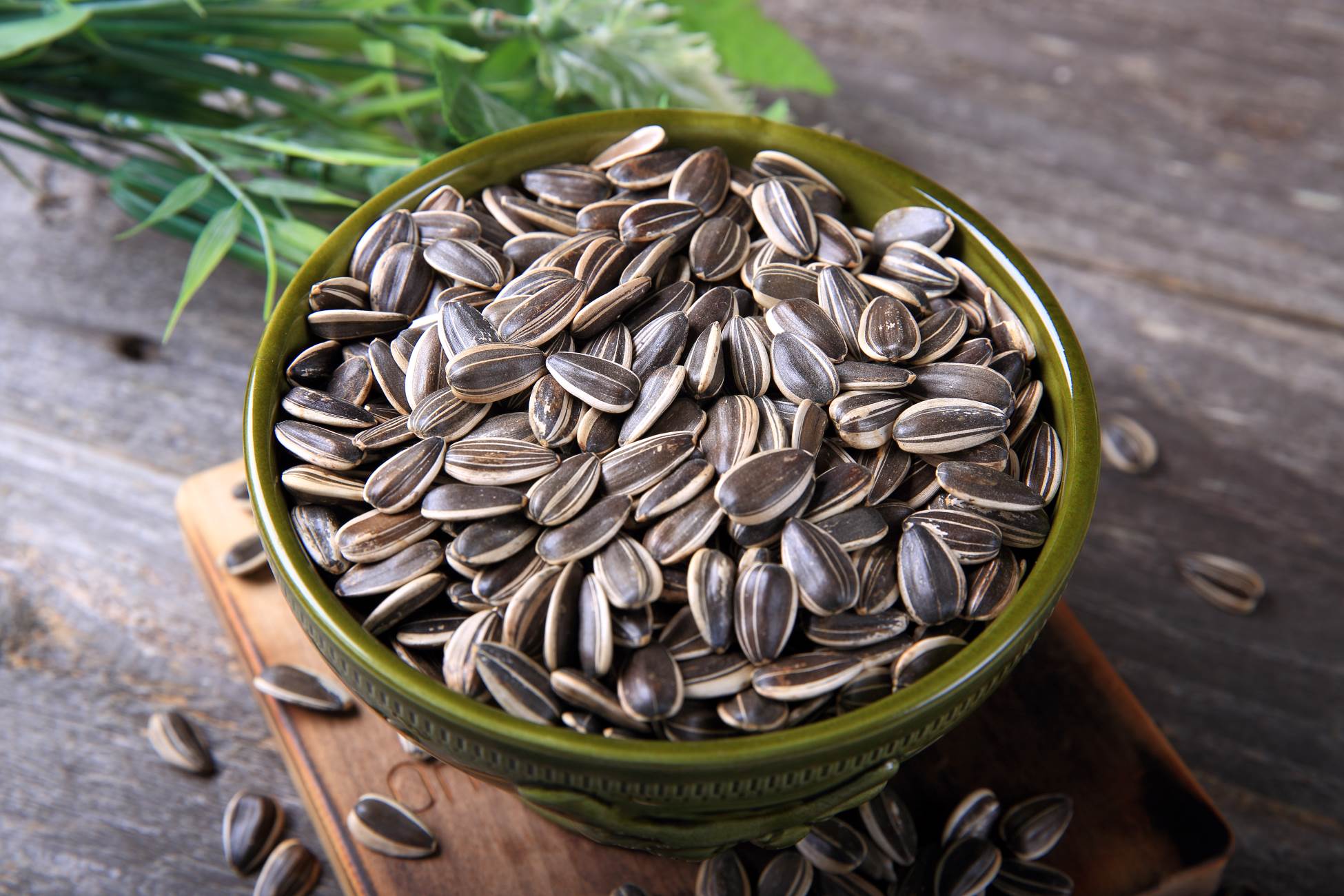
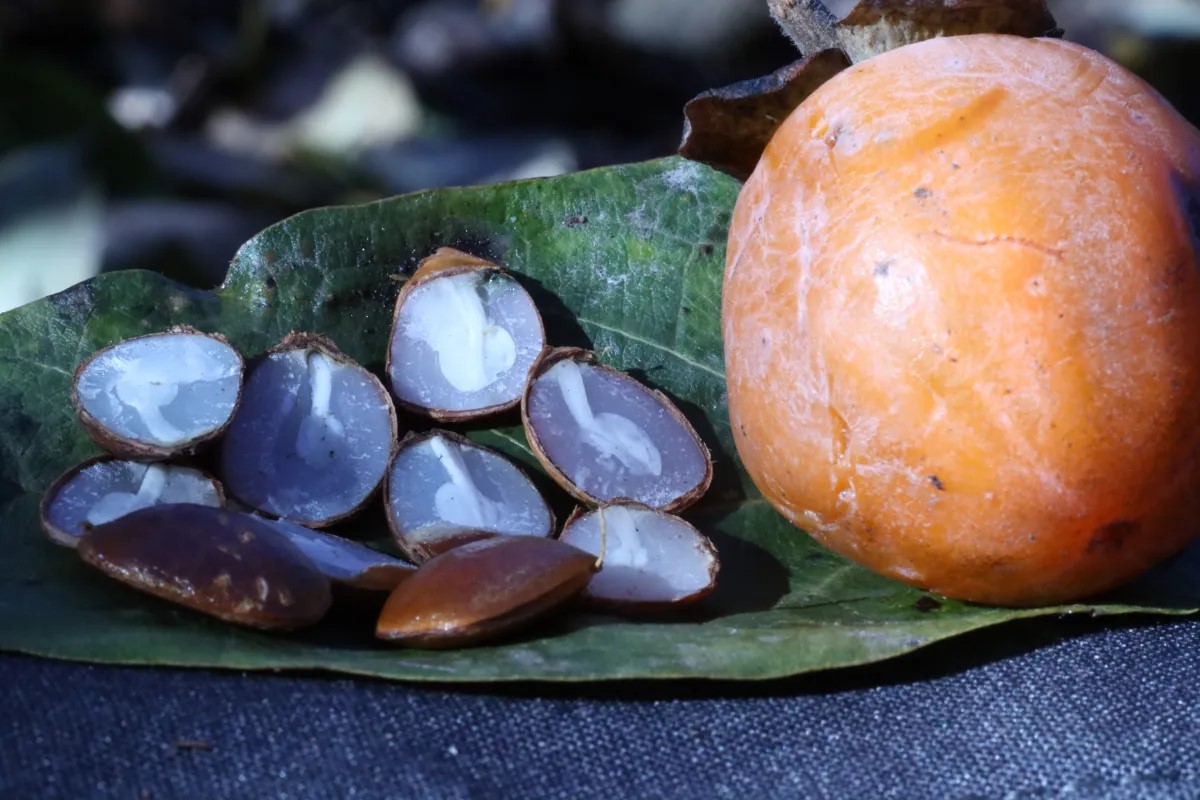
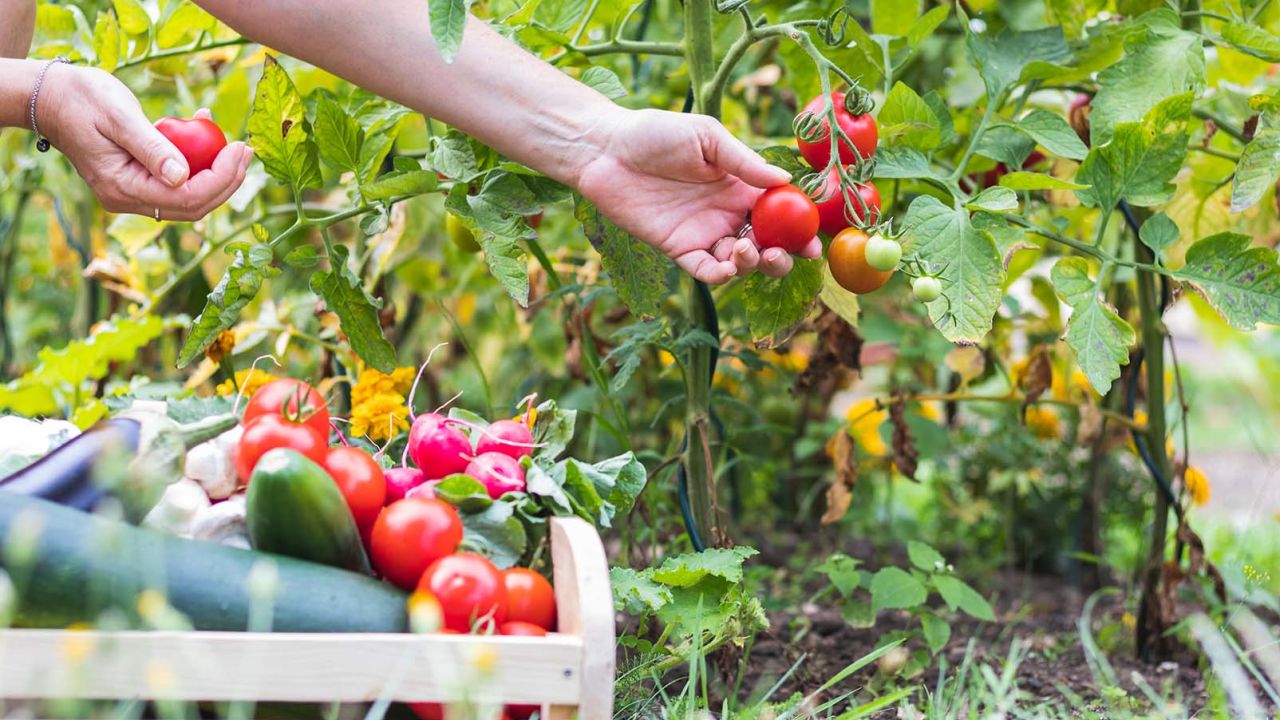
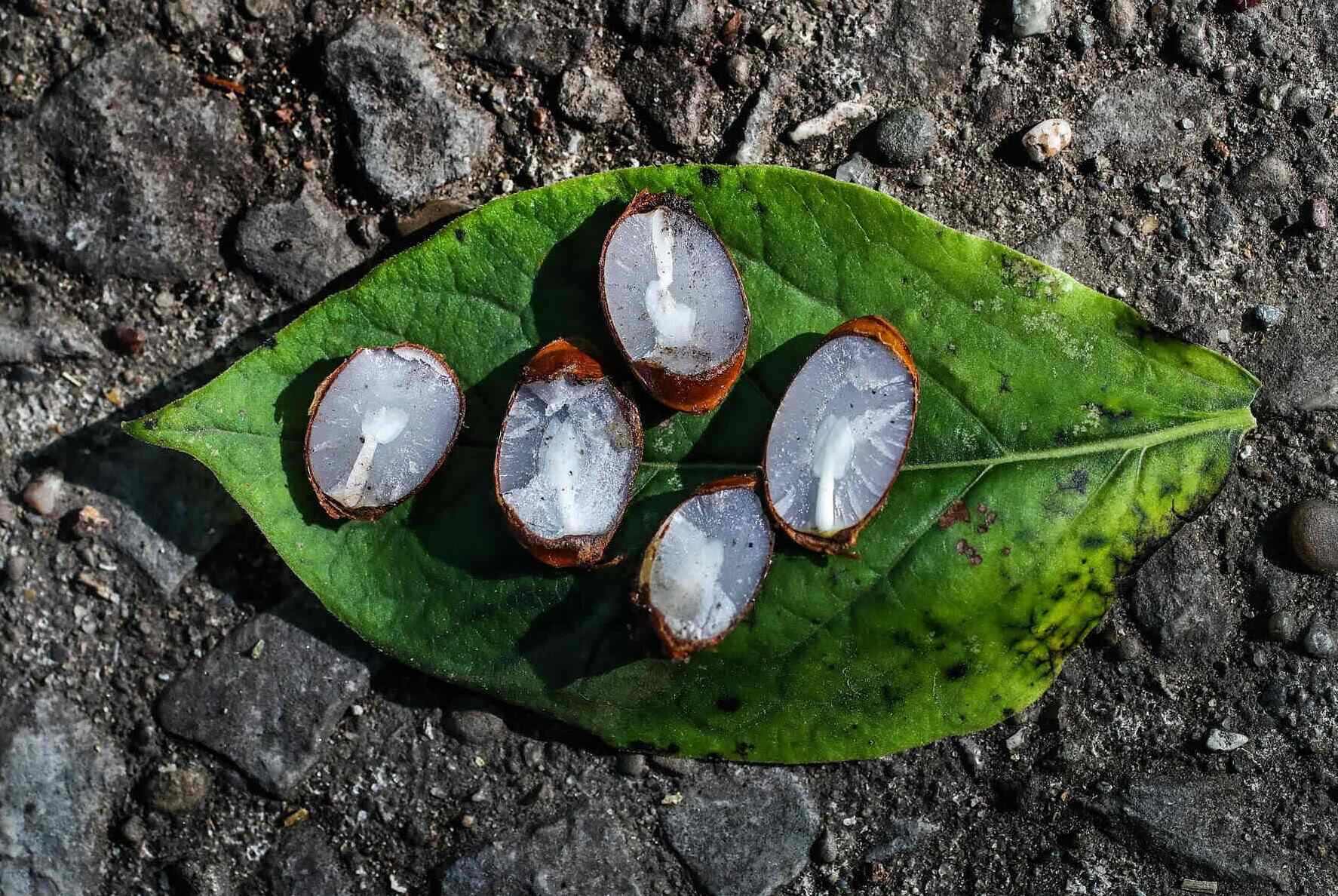
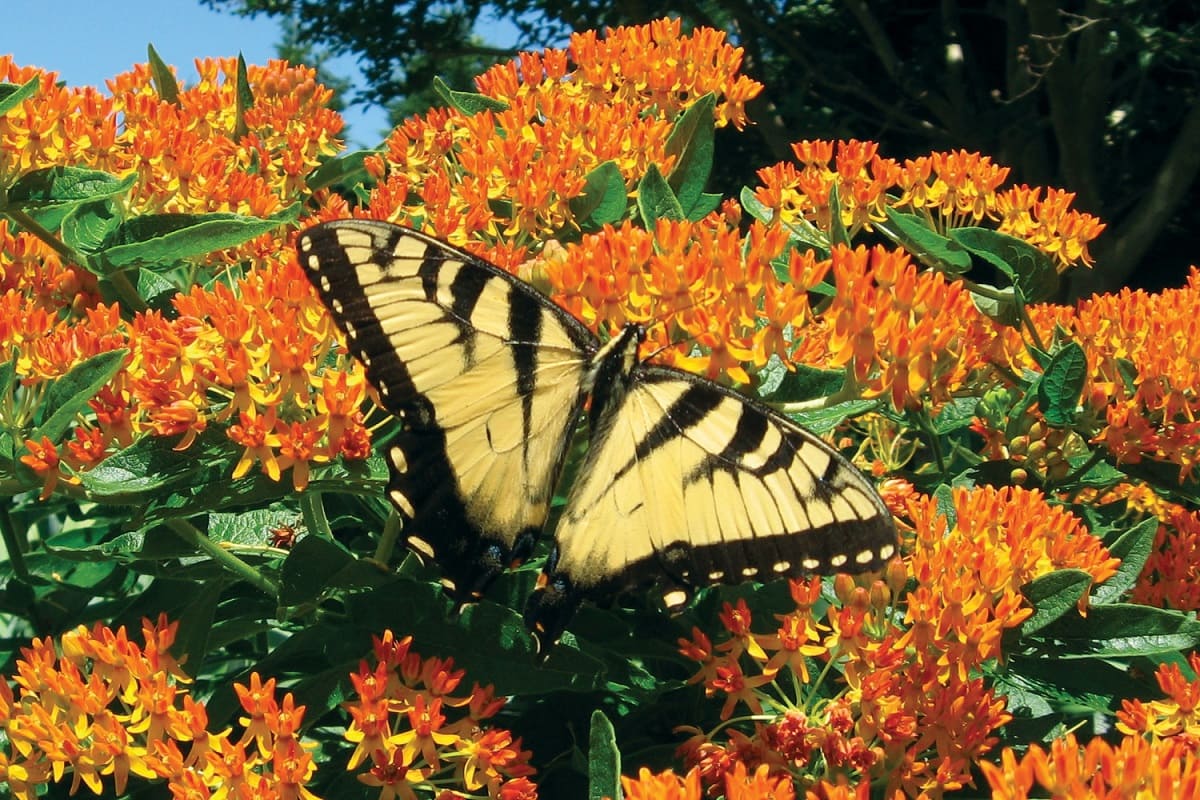



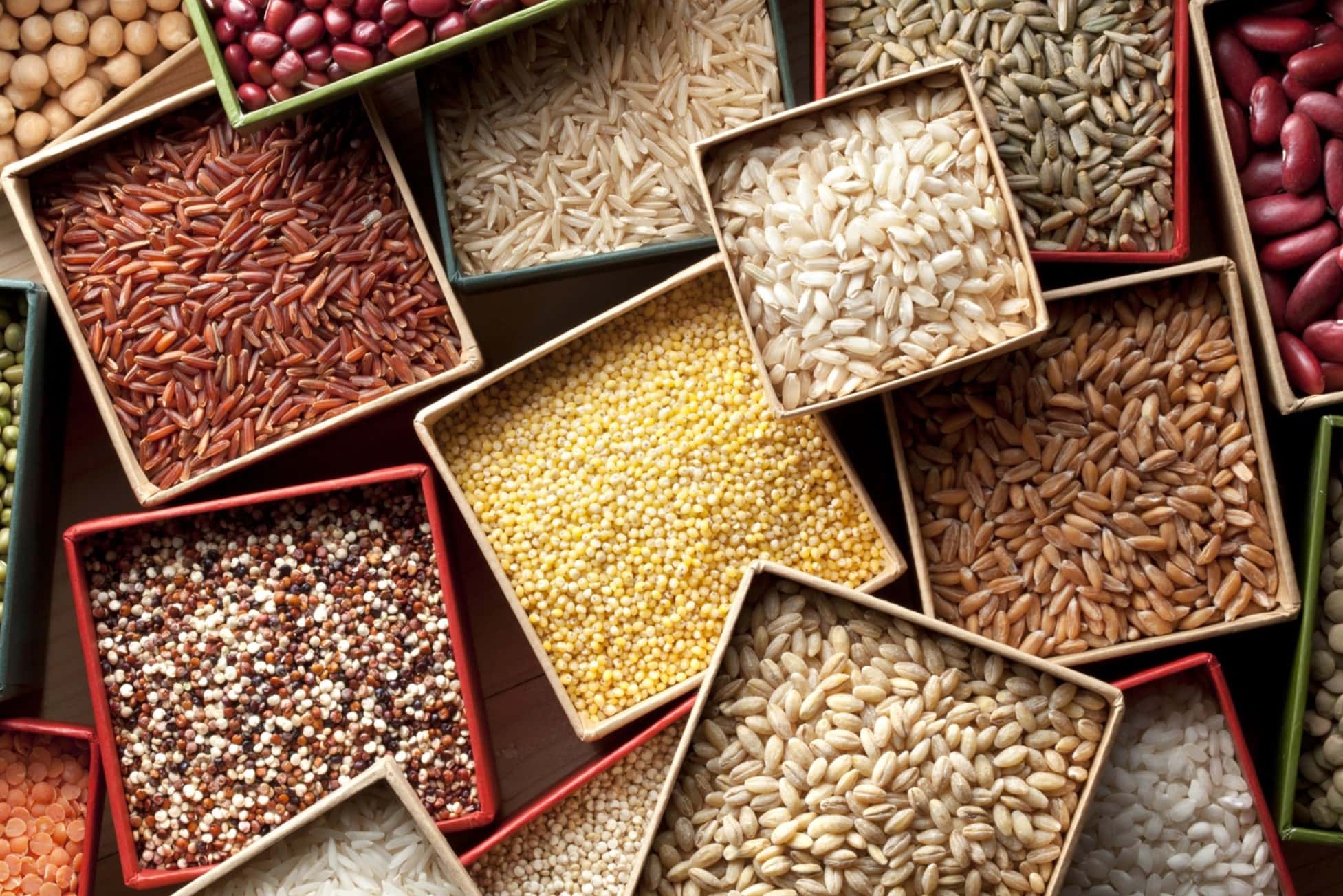
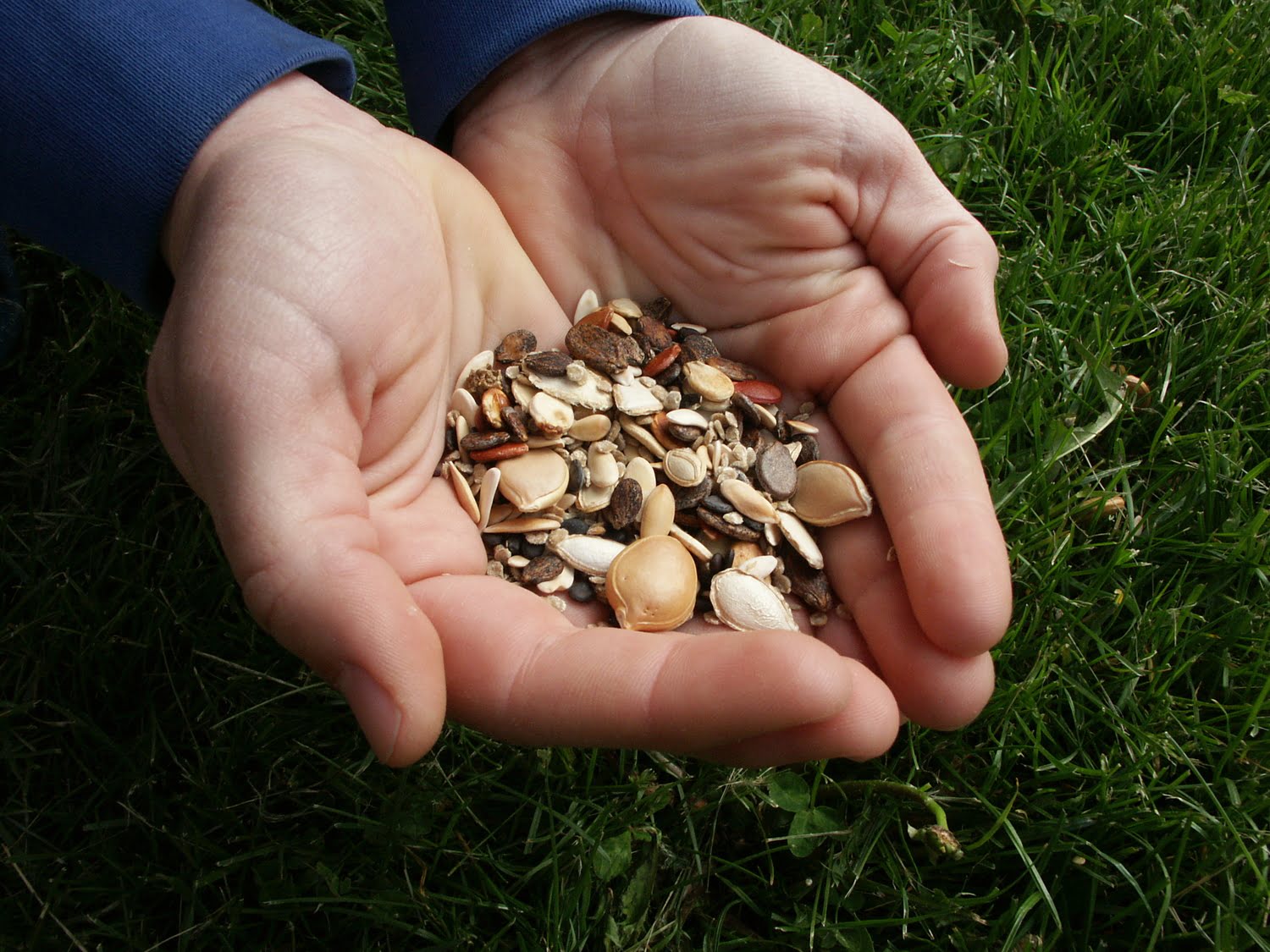
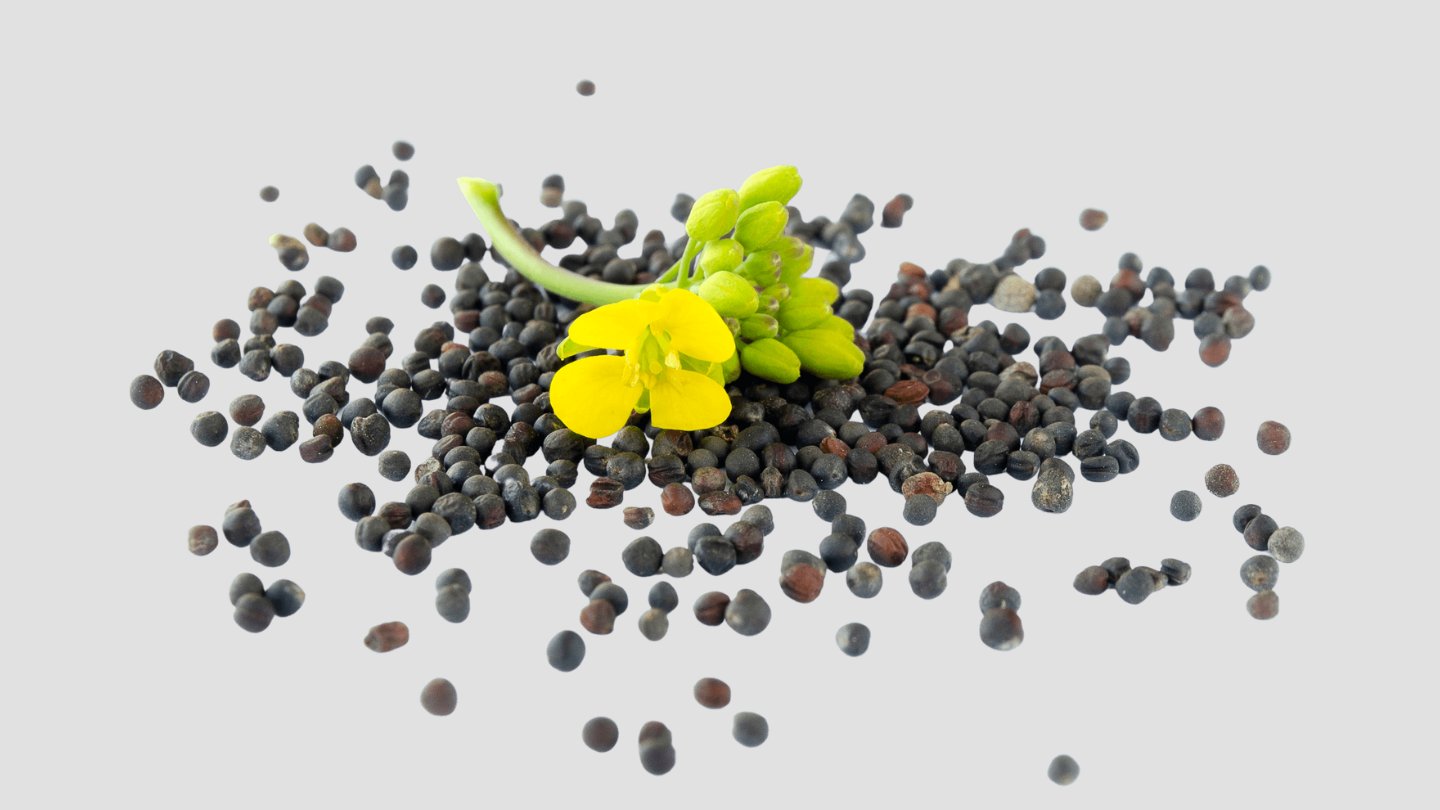




0 thoughts on “What Is Open-Pollinated Seed”